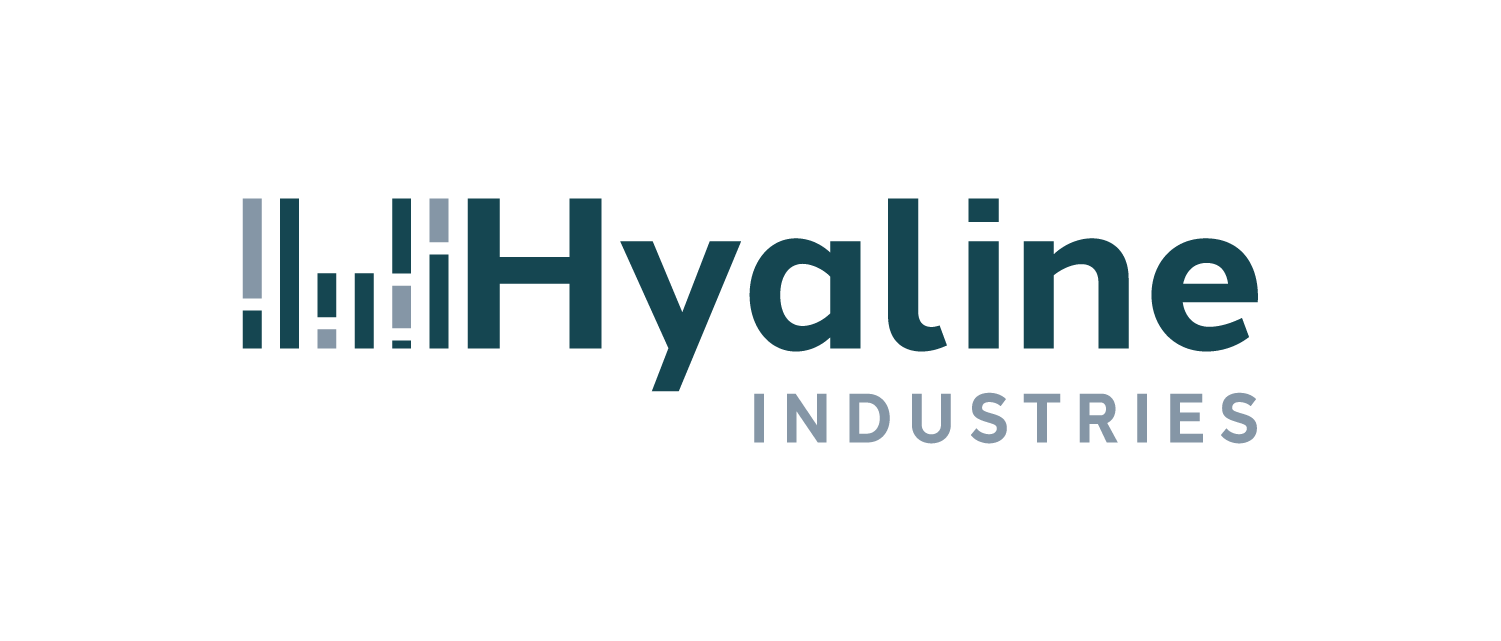Ameren makes money without government help
Ameren Missouri1 received approval in May for approximately $400 million in increased revenues from the Missouri Public Services Commission(PSC). Simultaneously, Ameren expanded their revenues by selling $460 million worth of electricity to MISO and other energy markets. This double-dip business strategy is only possible with government help.
Historically, a regulated monopoly like Ameren Missouri had a simple business model: it builds some generation, then asks the state for a guarantee of a “reasonable rate of return” from the state’s customer base. The utility gets a guaranteed profit, the customers receive guaranteed power, and the state (supposedly) ensures that the utility doesn’t exploit their monopoly position to bilk their customers. To that end, Ameren Missouri's justification for their rate increase was that they spent some $900 million installing 3 separate solar farms, and that they invested (an undisclosed amount) in the Callaway County nuclear facility.

But at the same time, Ameren is the fifth largest generation provider within the MISO market. They buy and sell huge volumes of electricity on a daily basis: In 2024 Ameren sold $450 million worth of electricity to MISO alone3. They can, and do, make significant revenues by leveraging the difference between demand and generation within a power market. They make even more money from their transmission network. And still more money on built capacity, financial transmission rights, ancillary services, and all the other things that keeps a grid running. Everything that Ameren provided in 1990 as pure cost can now be a monetized through market mechanics: $5 million for operating reserves, $17 million for auction revenue rights, $3 million for financial transmission rights, and the list goes on.

The business model makes revenues coming and going: through market mechanics which reward the difference between demand and generation, and then doubling up by charging Missouri residents more for the electricity that is delivered. It's a nice business, if you can get it. Which you can't, because Ameren holds a state-sanctioned monopoly over their retail business.
If you like what we are doing here at Hyaline, or if you have a question about power or energy that you're curious about, please let us know at questions@hyaline.tech.
Notes
- Until 2010, Ameren Missouri was known as Union Electric Company, and it still refers to itself as "Union Electric Company (d/b/a Ameren Missouri)" on regulatory documents. For the most part, we'll stick to Ameren Missouri here, but occasionally Union Electric slips through.
- Specifically, the Boomtown, Huck Finn, and Cass County solar farms that came online in 2024.
- This is revenue from "sales for resale" from Ameren Missouri to MISO, which includes $375 million in demand charges, $60 million in energy charges, and $12 million for everything else.
